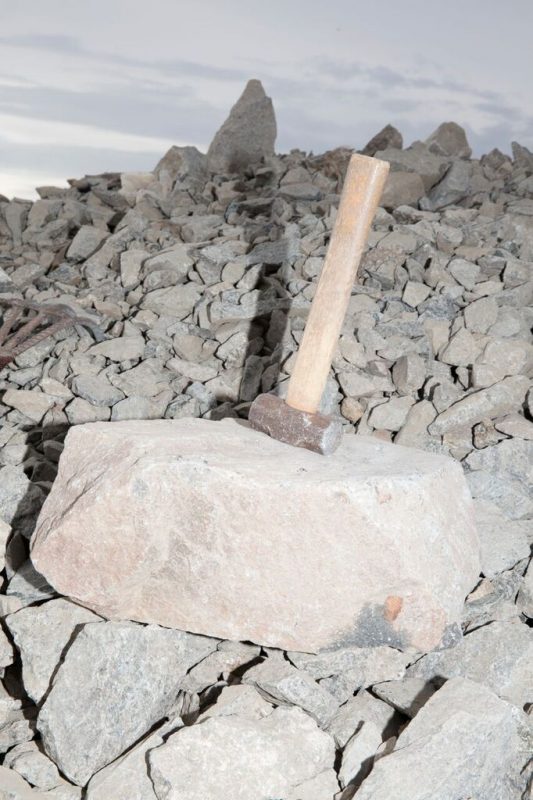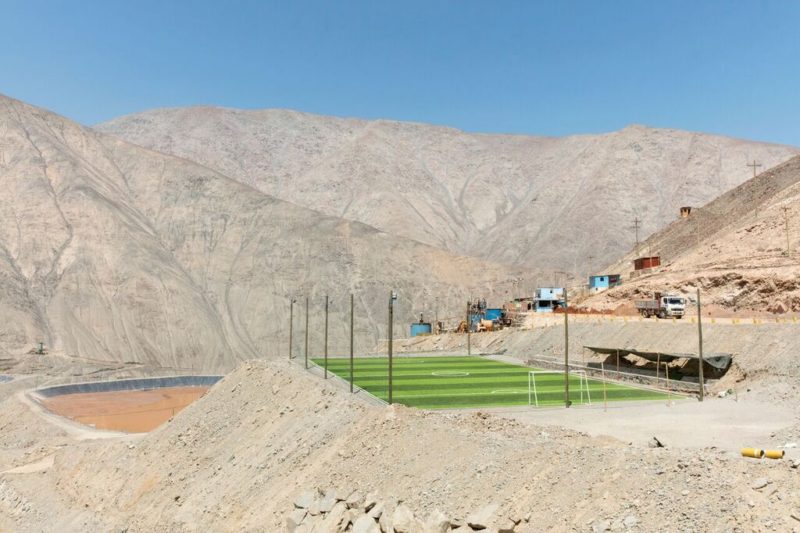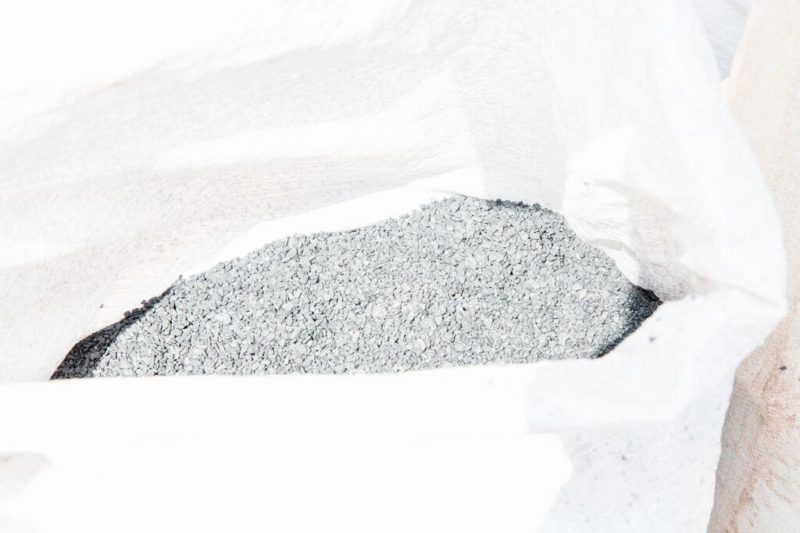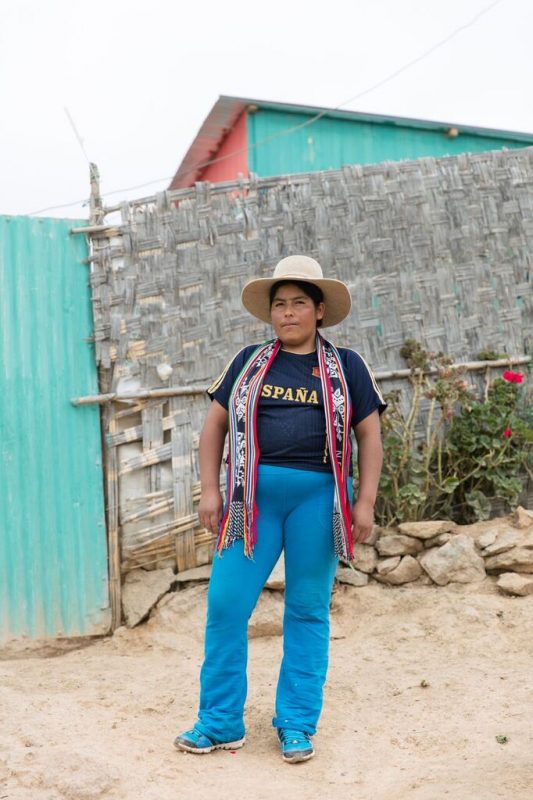Lisa Barnard
The Canary & The Hammer
Essay by Lisa Stein
In Capital in the Twenty-First Century (2014), which traces the evolution of inequality since the beginning of the industrial revolution, the French economist Thomas Piketty observes that before the gold standard was abandoned in Britain, France and finally, the United States, the power of central banks to create money was severely limited due to the existing stock of gold and silver. Commenting on the role financial institutions have assumed during economic crises, he goes on to explain that ‘once currency ceases to be convertible into precious metals, the power of central banks to create money is potentially unlimited’. Indeed, following the collapse of Lehman Brothers in 2008, governments and central banks would create ‘the liquidity necessary’ to avoid a crash as serious as the Great Depression. In other words, currency was created out of thin air, currency with no intrinsic value. In fact, once the gold standard was abandoned in the early 1970s the value of currency became intangible, virtual; banknotes were no longer backed by a physical commodity, but by abstract concepts and speculative relationships. Particularly after the 2008 financial crisis the gap between what currency was and what it represented appeared wider than ever before.
Lisa Barnard’s highly-ambitious body of work The Canary & The Hammer is a response to both the events that followed the crash as well as gold’s status as a ‘barometer for the state of the economy, and is, most fundamentally, a potent symbol of ultimate value, beauty, purity, greed and political power.’ In so doing it raises a very interesting question about the medium it utilises: how can photography, which has eluded stable definition since its inception, a medium that inhabits both the tangible, real, and the virtual, respond to an event as abstract as the global financial crisis?
The evidentiary power of photography has always been a point of contention; the image, in simultaneously revealing and concealing what it depicts, only ever provides partial information. Still, early methods of manipulating images in the darkroom did little to destabilise photography’s claim to ‘truth’; the image, dodged or burned, was evidence of what had been. It was the digital-born image that would present a stronger challenge to what photography was in itself, and how it was consumed. In their introduction to On the Verge of Photography: Imaging Beyond Representation (2013), Daniel Rubinstein, Johnny Golding and Andy Fisher claim that the networked digital image has moved us beyond visual representation, but it has done so in important respects. For Rubinstein and Fisher, the digital image ‘has become a hinge between […] physical and digital modes of existence, combining as it does elements of familiar ocularcentric culture – with its trust and reliance on the true-to-life photograph – and algorithmic processes that problematise the presumption of an ontological connection between images and objects’.
In The Canary & The Hammer, a website that is now presented as a complex, interactive projection in the headline exhibition, Ahead lies our future as part of FORMAT International Photography Festival in Derby, the digital image assumes precisely the role outlined in On The Verge of Photography: Barnard’s documentary approach to the various narratives of gold’s discovery and multivalent uses and the western world’s desire to accumulate wealth utilises the photographic image in ‘all its hybridised digital forms, that encapsulates the interlacing of physical and algorithmic attributes, aesthetic and political forms, which characterise the age of information capitalism’. Incorporating images, videos and sound the website, which is divided into six thematic sections, allows the ‘user’ to navigate their way through the history of gold; its discovery, extraction and various applications. The way in which Barnard has chosen to present her research invokes the manner in which we have come to consume information in the digital age. As we scroll, an activity naturalised by the mobile device, images and animated GIFs enter the screen from every direction; we can click on embedded videos and access additional information by hovering over colour-coded icons. The soundtracks that accompany each page recall early social networking websites, which allowed users to encode personal music into their profiles. Finally, the website incorporates a broad range of photographic styles and techniques. Barnard’s combination of traditional landscapes, portraits and still life with images that are less formal, unconventionally lit or otherwise highly-stylised foregrounds the many uses of photography. Since its popularisation in the 1850s the medium has influenced various fields, infiltrated various spheres such as the scientific, the commercial and, most notably, the social.
It might seem counterintuitive to explore a concept as abstract as the global financial crisis with a medium that has not only assumed various ‘identities’ throughout history, but one whose very materiality and consequently its ability to represent the real world, has been called into question. However, this is precisely what makes The Canary & The Hammer so relevant. According to Rubinstein, Golding and Fisher the technical qualities of the digital image have altered the temporal condition of photography: no longer merely a record of past events the digital image, due to its instantaneity and simultaneity, ‘is active, it has an agency that relates to and has an effect on embodied existence. It comes before and has effects on the real’. In other words, photography’s ability to shape an event has become equally, if not more important than its ability to record it. Indeed, that the digital image, used in conjunction with social media, has played a fundamental role in the unfolding of political events such as the Arab Spring, the rising civil unrest in the United States following numerous cases of police violence against African American citizens and, most recently, the 2016 presidential elections, is undeniable.
Equally, while The Canary & The Hammer is Barnard’s response to past events, the decision to include the work in FORMAT, which explored the impact of human civilisation on planet earth, signalled a belief in the force and agency of photography. The images that illustrate Barnard’s investigation into a natural, non-renewable resource are not merely reactive; part of a vast digital network, they are being circulated, shared. They are active, drawing attention to the human desire to consume, not only large quantities of images but also our natural world, itself on the verge of disappearing. ♦
All images courtesy of the artist. © Lisa Barnard
—
Lisa Stein is a London-based writer and researcher specialising in photography. Managing Editor of the photo-literary platform Photocaptionist and Editorial Assistant at The Burlington Magazine, her writing has also appeared in The Philosophy of Photography.














